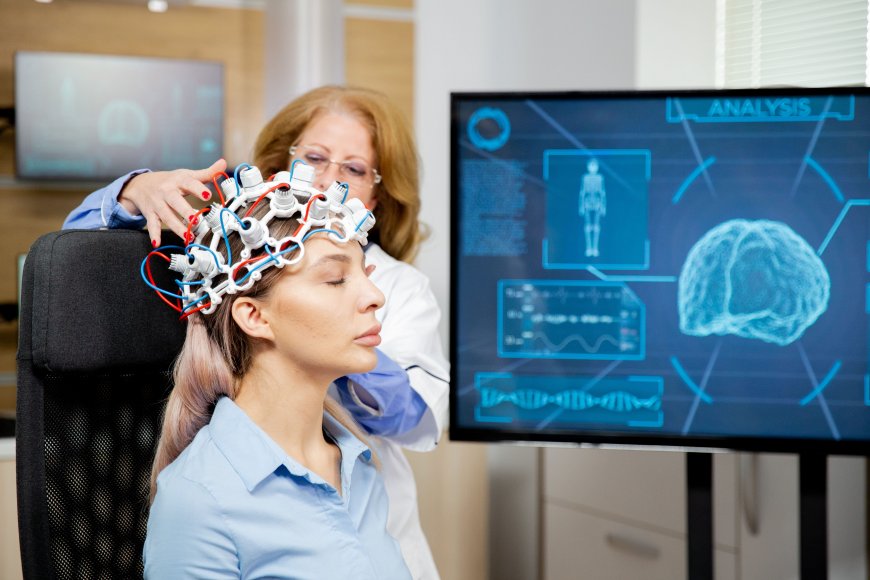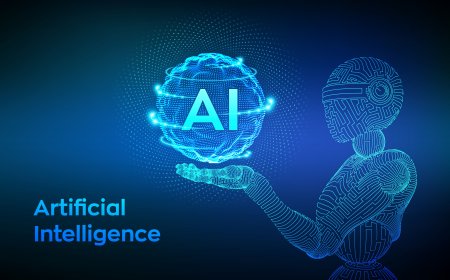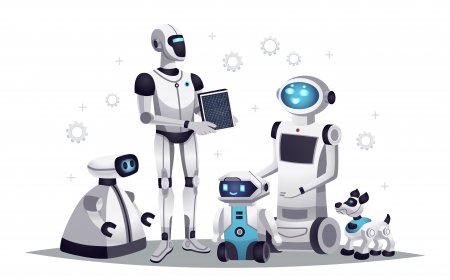Musk's Neuralink and Tsinghua University's Brain-Computer Interface Technology: A New Revolution in Humanity and AI

On January 30th, 2024, Musk announced on social media that the first human patient had successfully received a brain-computer interface implant from his company Neuralink and was recovering well. While much of the attention in the past year has been focused on ChatGPT, Neuralink has not stopped evolving, and Neuralink's brain chip has been successfully implanted in a monkey's brain, allowing it to play ping pong through its brain and even type "can I please have snacks" on a computer. Neuralink's brain-computer interface technology has been experimented on rats, monkeys, pigs and other animals, and now it is finally implanted in the human brain, which is undoubtedly a major breakthrough.
The emergence of brain-computer interface technology will bring a series of far-reaching effects. First, it will greatly enhance medical capabilities, allowing precise regulation of brain chemicals, treatment of various psychological disorders, and even control and optimization of human emotions at a higher level. Secondly, human senses and cognitive abilities will be enhanced, allowing for the reception and transmission of information directly from the brain, improving memory, and even realizing direct communication of thoughts. In addition, artists could create entirely new works of art by directly manipulating the senses and emotions of their audience. Learning methods may also be revolutionized, as information and skills can be learned through direct brain uploads and downloads, dramatically reducing learning time and increasing efficiency. Artificial intelligence interactions with AI will be more direct and deeper. The human brain and AI systems may realize closer synergy, thus driving AI technology to a new level. People's minds can be interconnected through brain-computer interfaces to form a super network, similar to a collective consciousness. People could simulate and experience historical events or future worlds as if in person, revolutionizing our perception of time and history. In the future of space exploration it may be possible to explore and experience the environments of distant planets and space by transmitting human consciousness to distant space explorers or robots through brain-computer interfaces. In the long run, brain-computer interface technology may lead humans to a new path of biological evolution, where humans may gradually become half-biological and half-mechanical beings. Human consciousness or memories could be uploaded to the cloud or other carriers, achieving some form of digital immortality.
Eight hours after Musk announced the success of the human brain-computer interface trial, Tsinghua University announced that China's first clinical trial of a wireless, minimally invasive brain-computer interface had been successful. This first case of patients with complete spinal cord injury of the spinal cord bundle in quadriplegic paralysis has been 14 years, ten days after the operation the patient was discharged from the hospital to go home, after three months of home brain-computer interface rehabilitation. Exercise patients can realize brain-controlled functions such as drinking water autonomously through the EEG activity driver handset, grasp decoding accuracy of more than 90%, the patient's clinical score of spinal cord injury and sensory evoked potential response have significantly improved. Tsinghua University's wireless minimally invasive implantable brain-computer interface did not put the electrode on the hard block of the brain, developed through long-term animal testing, will not damage the neural tissue, and the use of near-field wireless power supply and transmission of signals, the body does not need batteries, the patient can be used for life.
Currently, there are three mainstream technological solutions in the field of brain-computer interfaces: non-invasive devices, invasive devices and semi-invasive devices. Non-invasive devices are the most common technology solutions, which are worn on the head like a headgear, recording and interpreting information from the brain through electrode sheets attached to the scalp. The invasive device is the technological solution used by Musk, which needs to invade the inside of the brain, and the whole process is very complicated. Semi-invasive device is the technical solution chosen by Tsinghua University, which puts the brain-computer interface inside the skull through minimally invasive surgery, and the electrodes are covered with epidural, which does not harm or invade the brain.
Overall, the emergence of brain-computer interface technology, whether it is Musk's Neuralink or Tsinghua University's wireless minimally invasive brain-computer interfaces, will bring an unprecedented revolution for mankind.
What's Your Reaction?











































